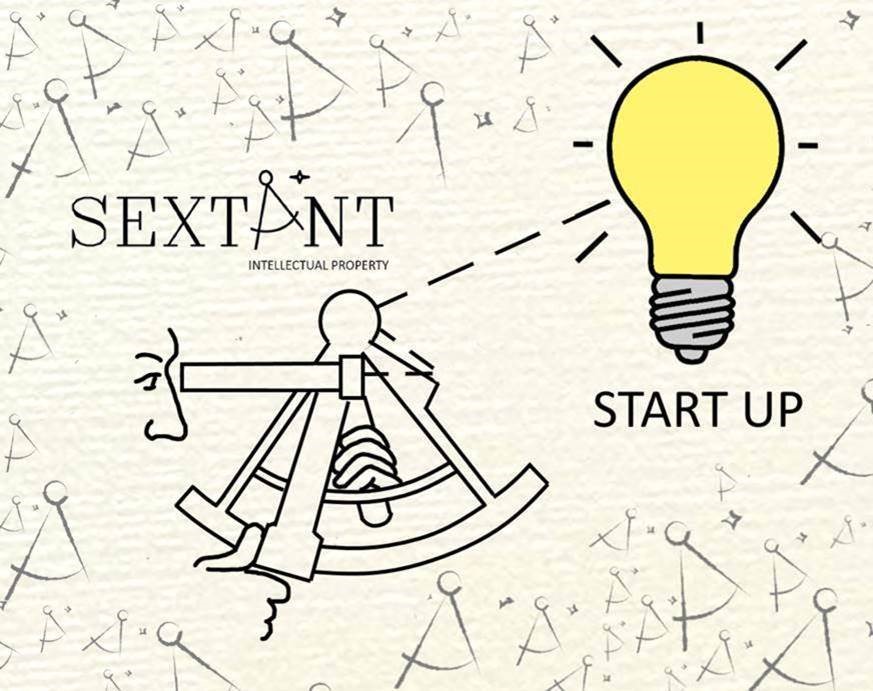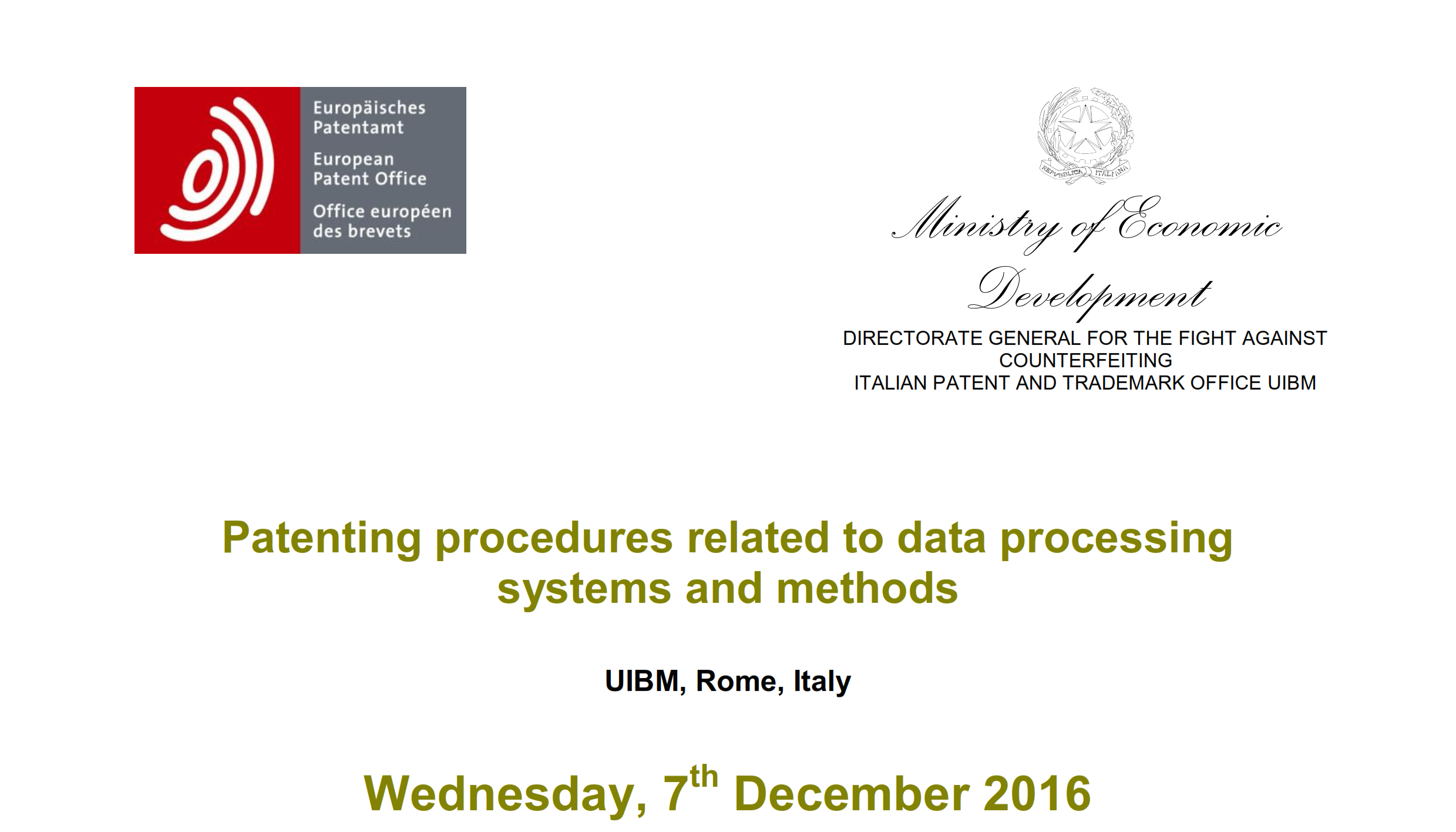
The judgement relates to an action against a decision of the Board of Appeal of EUIPO relating to opposition proceedings concerning an application for registration of an EU trade mark sought for a figurative sign the dominant element of which is the result of a juxtaposition of two English words (‘guidego’), where the opposition was grounded on an earlier similar EU word mark (‘GUIDIGO’) for services held in part identical and in part similar.
First of all, recalling the case law of the Court of Justice of the EU, the General Court stated that the assessment of the similarity between two marks means more than taking just one component of a composite trade mark and comparing it with another mark. On the contrary, the comparison must be made by examining each of the marks in question as a whole, which does not mean that the overall impression conveyed to the relevant public by a composite trade mark may not, in certain circumstances, be dominated by one or more of its components. It is only if all the other components of the mark are negligible that the assessment of the similarity can be carried out solely on the basis of the dominant element. That could be the case, in particular, where that component is capable on its own of dominating the image of that mark which members of the relevant public retain, with the result that all the other components are negligible in the overall impression created by that mark.
In this regard, the General Court acknowledged that the dominant element of the sign requested is the result of a juxtaposition of two English words and that the use of different colours makes it possible to perceive them.
However, with reference to the conceptual comparison of the signs, the General Court stated that the fact that consumers distinguish between the two words which make up the element ‘guidego’ does not mean that they will necessarily be able to understand them.
As regards the visual comparison, still recalling the case law of the Court of Justice of the EU, the General Court pointed out that there is nothing to prevent a determination as to whether there is any visual similarity between a word mark and a figurative mark, since the two types of mark have a graphic form capable of creating a visual impression.
In the present case, the General Court held that the sign comprising the earlier mark and the dominant element of the mark applied for are similar to the extent that they coincide in six out of seven letters and differ only in the central vowel. Similarly, the degree of stylisation of the word element and the additional elements of the mark applied for do not counteract the similarities between the signs, as a result of which they are similar to an average degree.
That degree of similarity exists regardless of whether the element ‘guidego’ is perceived as two separate words or as a single element.
Also, the General Court held that there is a high degree of phonetic similarity in so far as the pronunciation of the elements ‘guidigo’ and ‘guidego’ is very similar.
Although the sign applied for included additional words written in much smaller typeface, recalling the case law of the Court of Justice of the EU, the General Court stated that they will probably not be spoken, and that it is also necessary to take into account the natural tendency of consumers to shorten long signs.
Moreover, the General Court held that, although the sign GUIDIGO is a fanciful term, whereas the element ‘guidego’ is a juxtaposition of two English words, nevertheless that fact is not sufficient to make it possible to consider that the difference in pronunciation of the two distinctive elements would be significant, at least as regards the non-English-speaking section of the relevant public.
In fact, even if the element ‘guidego’ is pronounced according to the rules of English pronunciation, whereas the GUIDIGO sign is pronounced according to the rules of pronunciation of the mother tongue of the consumer other than English, that possible difference is relevant only in respect of the part of the relevant public whose mother tongue is not English, but who does speak English.
Thus, even if all members of the general public of the European Union recognised the element ‘guidego’ as the juxtaposition of two English words, the General Court held that it cannot be argued that the whole of that public will pronounce that element according to the rules of English pronunciation.
In addition, recalling the case law of the Court of Justice of the EU, the General Court stated that it should be borne in mind that, as regards the phonetic comparison of the signs, it is necessary to disregard their meaning, as those considerations are relevant to the conceptual comparison.









